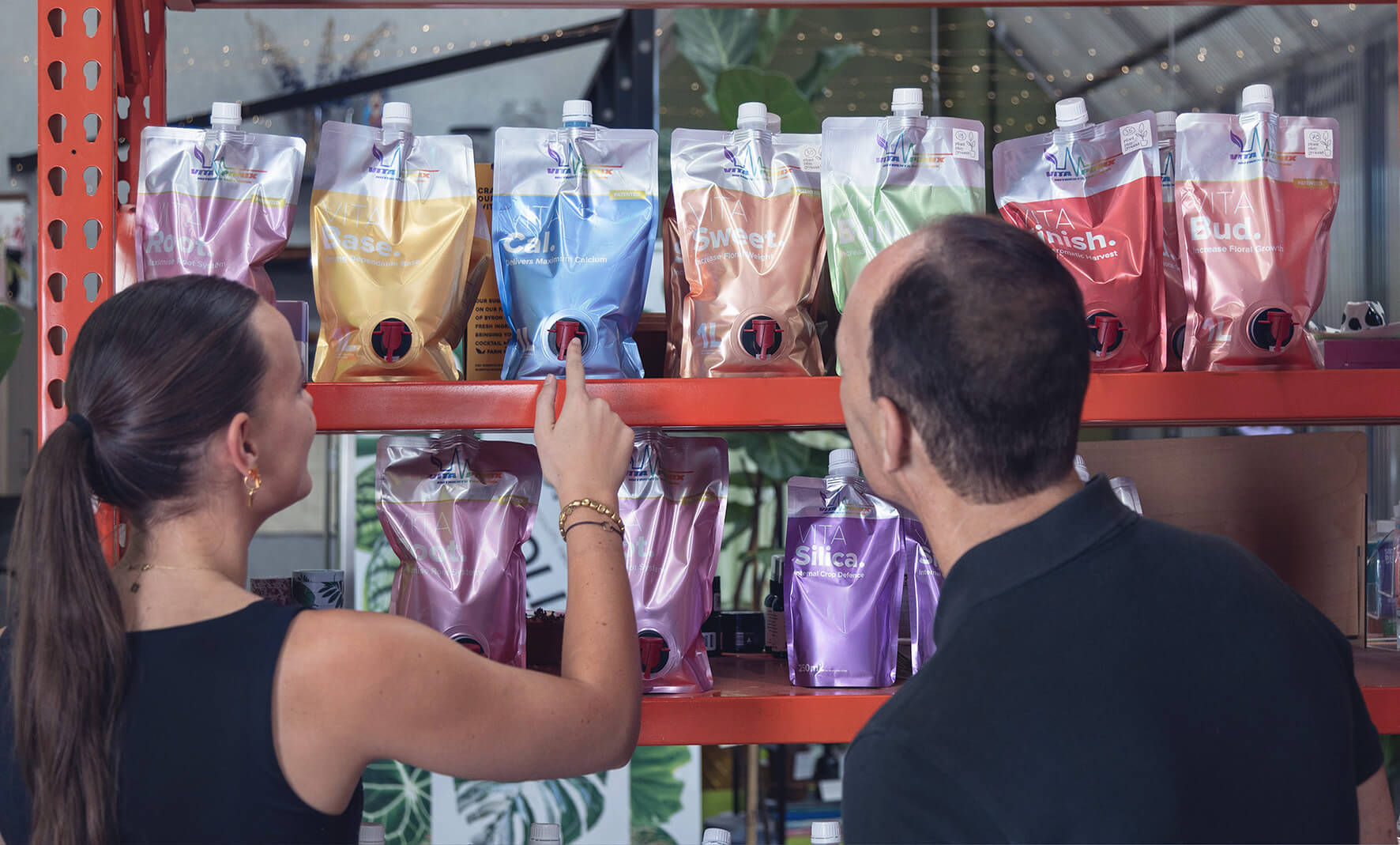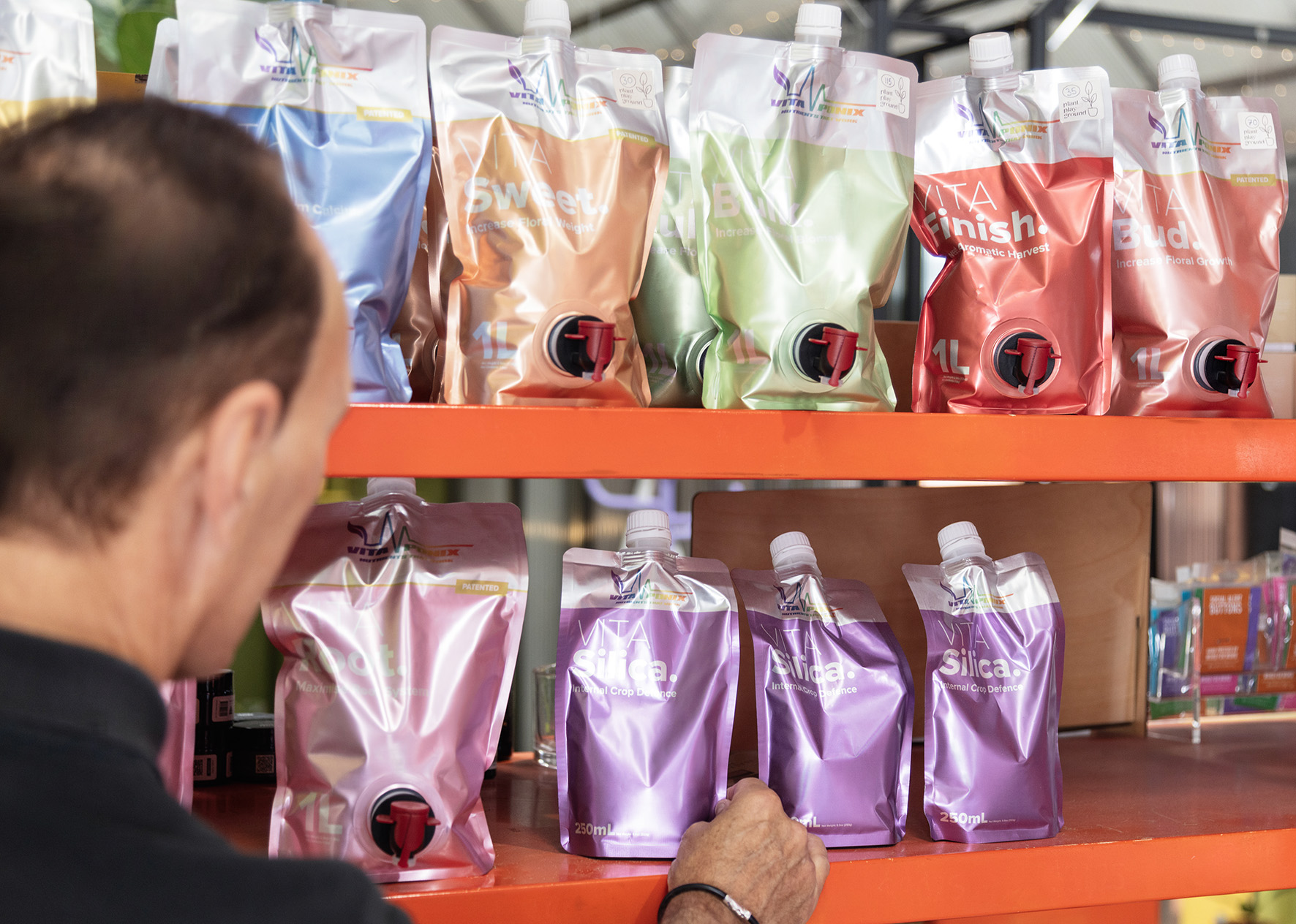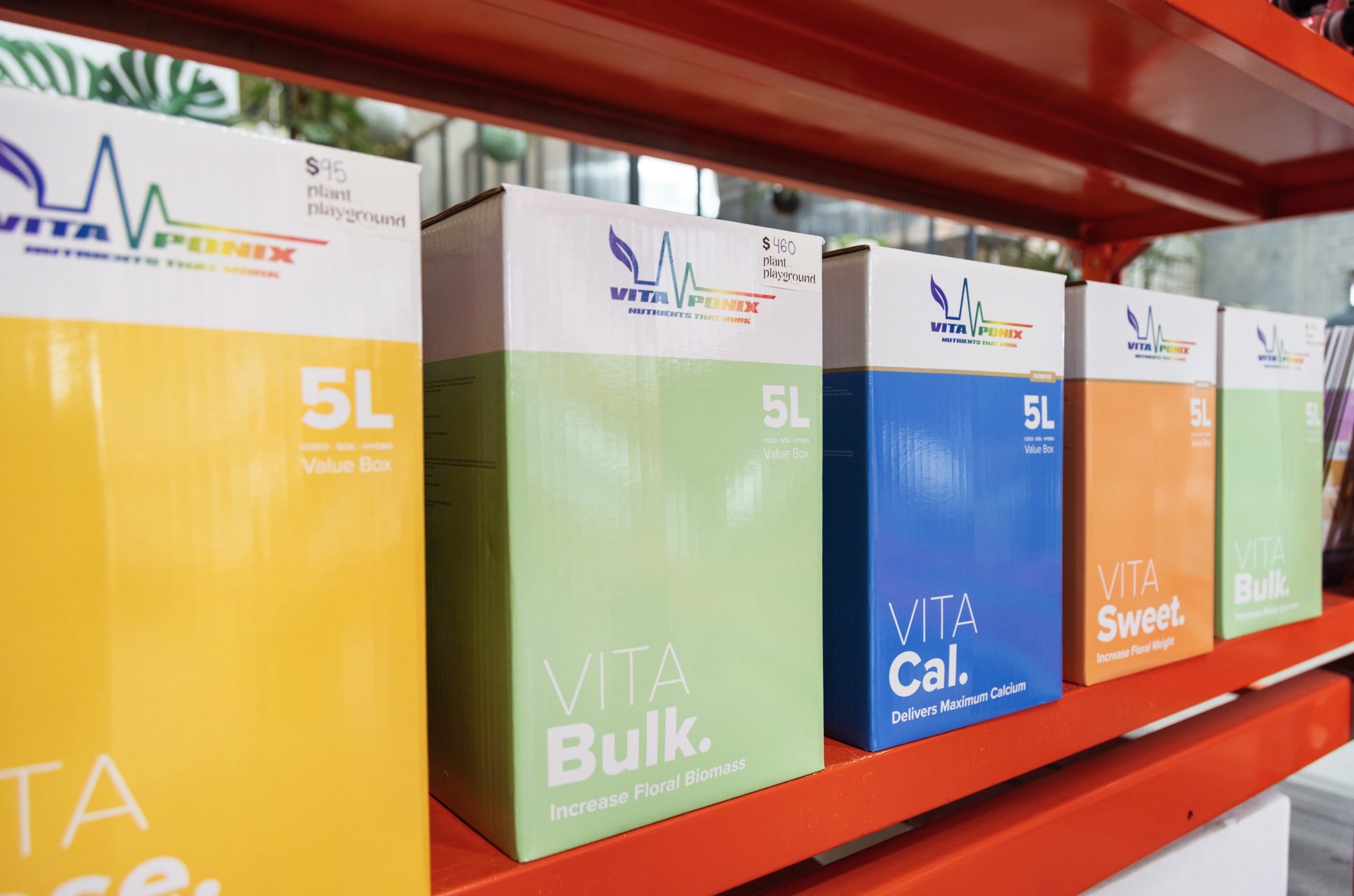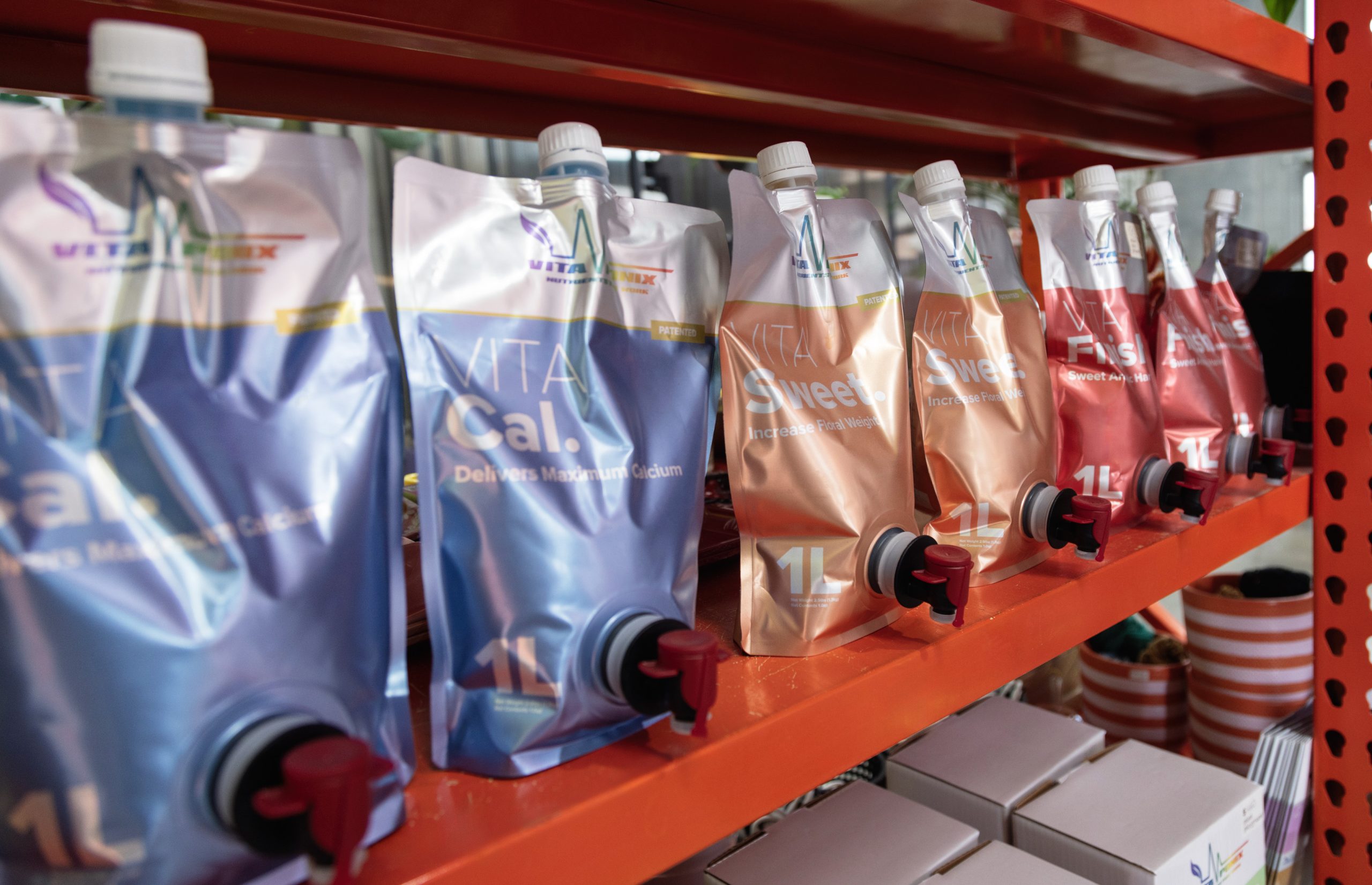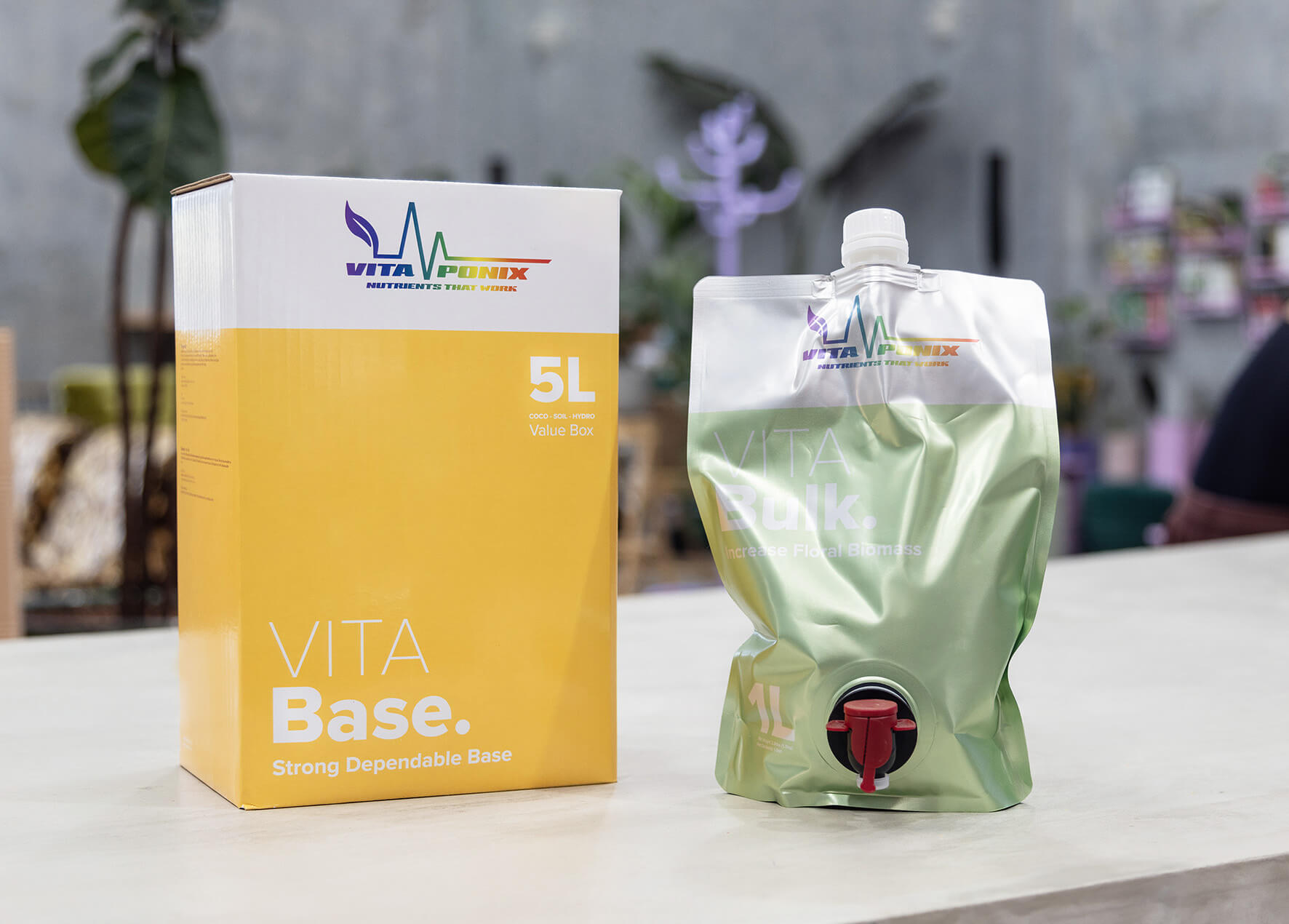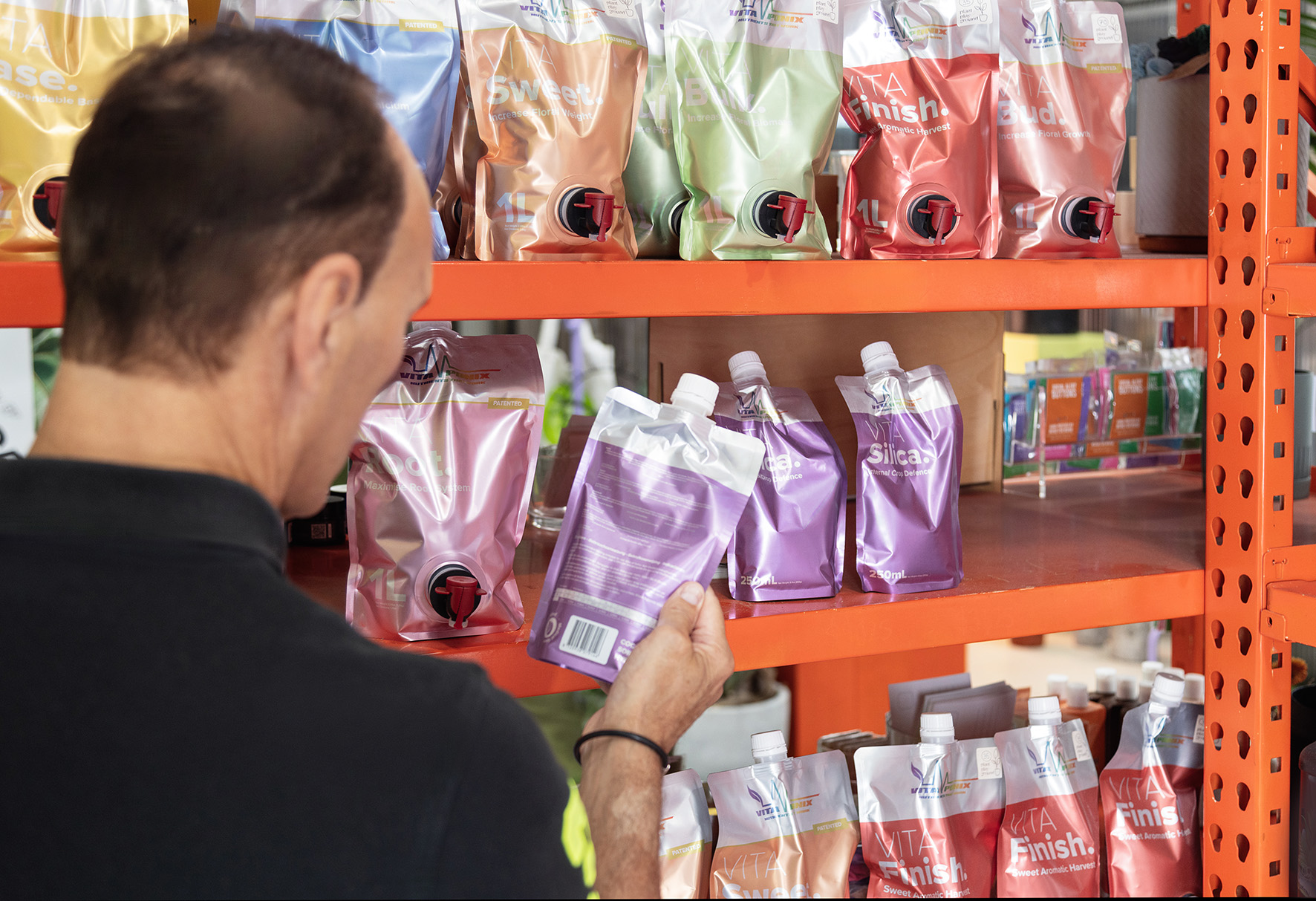Photocatalysis is the activity taking place when an intense light source interacts with the surface of semiconductor materials, so called photocatalysts. The photocatalysts used in V-Leaf® have been processed to harvest energy from sunlight which is free and clean energy in abundance. Photocatalysts have been studied for over 100 years and are well understood, proven, and used currently in many industries as filters, decontaminants, and chemical reactors. In V-Leaf®, simply explained, day light charges the photocatalytic surface and when NOx come in contact they break down to inert material and nitrate. The photocatalyst itself undergo no changes and therefore continues to work for a prolonged period. The photocatalysts utilised are chosen for their suitability and selectivity for NOx, availability for scaling up, low cost, chemical stability, and safety.
